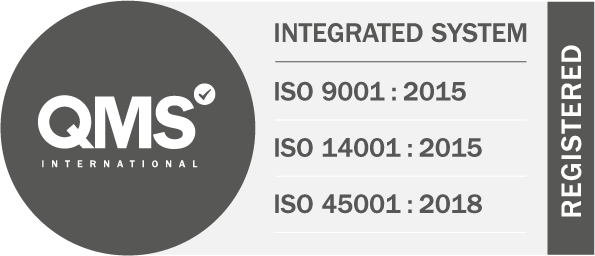Why journey data is vital to deciding if EVs are suitable for your business
As companies introduce a growing number of electrified vehicles, it is vital to gather journey data to identify which models will suit different uses
Two drivers are provided with a plug-in hybrid electric vehicle. In the first two months, the first achieves more than 100mpg and is delighted; the second achieves 35mpg and wants to switch back to diesel.
This is a potential dilemma facing fleets as they start to acquire more electrified fleet vehicles and offer them on their choice lists for user-choosers.
The cause of the problem is the different usage patterns of drivers. The first driver covers local journeys and short commutes, which is ideal territory for a plug-in hybrid, which typically have an electric-only range of 20-40 miles. The second driver covers significant distances during journeys, often on the motorway, which quickly exhausts the battery and leaves the car operating on engine power alone.
Therefore, it is important for fleets to review their journey data, before embarking on electrification policies, to identify where zero-emission-capable vehicles are most suitable.
This driver-specific study emphasises the benefits of telematics, which can quickly deliver exhaustive levels of tracking data that can prove the case for an employee switching to plug-in vehicles or remaining in a petrol or diesel car.
Data can identify what proportion of journeys can be completed on electric power alone, providing an estimate of the potential fuel economy achieved from plug-in hybrids that offer differing levels of range.
It can also confirm the suitability of individual drivers when considering a switch to a full electric vehicle.
This is a vital first step to maximising the benefits of plug-in vehicles, which must be followed by ensuring drivers are ready to change their driving patterns to keep vehicles charged.
In a recent study, a fleet reported that PHEVs were returning 37.2mpg on average because drivers were not charging them regularly.
In other tests by consumer research group Which?, a test of 22 PHEV models over 62 miles, well beyond their EV-only range, highlighted that fuel economy falls rapidly once engines are switched on.
The average journey in the UK is just 25 miles, meaning that with regular plugging in, a PHEV can achieve more than 100mpg or higher.
Reflex Vehicle Hire has pioneered the use of telematics within its vehicles as part of a safety-first modular risk management service, Driive with Reflex, and can support fleets with data insights and best practice advice on both fuel options and technology.
Lisa Spong, Reflex Vehicle Hire Sales Director, said:
“Before switching to electrified vehicles, it is important to consider how they will be used and whether the technology will perform well in that environment.
We are working closely with our customers to support their transition to electric vehicles and ensure that they receive the maximum benefits by allocating the right vehicles to the most suitable role.”
For details on the wealth of vehicles available on flexible terms from Reflex Vehicle Hire, review our Vehicle Selection page or contact one of our expert team members for advice on choosing the most suitable electrified vehicle.
Find out more
Find out how Reflex Vehicle Hire can help your company.
Call 0330 460 9913 or visit our contact us page.








@2x.png)

